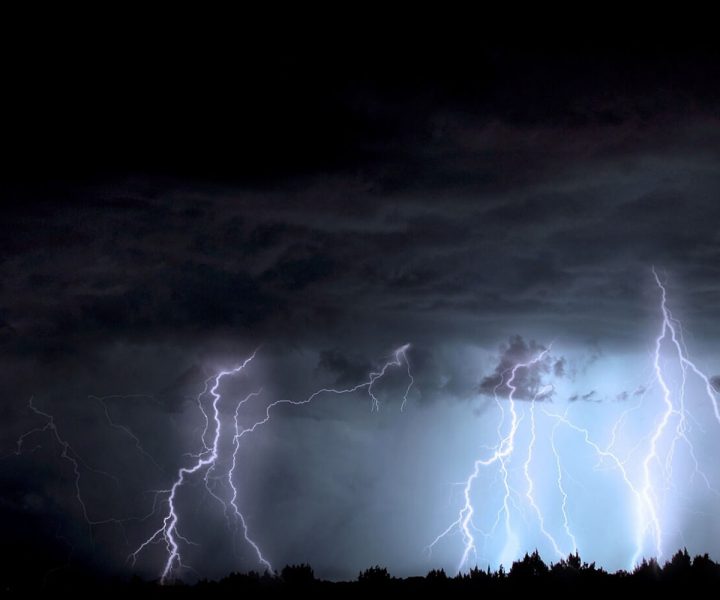
Winter is still a great time to enjoy the outdoors, but whether you’re out camping, hiking, or snowshoeing, getting caught in a lightning storm when outdoors can be very dangerous. When nature literally rains on your parade, here’s what you can do to stay safe when lightning strikes.
Avoiding the storm
The best way to avoid getting struck by lightning is to avoid the storm in the first place. If you’re outdoors in a mountainous area, thunderstorms are more likely to develop during the early afternoon. Therefore, plan your activity for the morning, and stay away from the mountain during the time a thunderstorm is most likely to occur.
While outdoors, you need to pay close attention to the changing weather, so before heading out, check the weather patterns. Be mindful of clouds, the scent of rain, changing winds, and dark underbellies, which are all signals of lousy weather.
If you see lightning, you may believe you’re safe if you’re far away from it, but you’re never safe if you can hear the thunder. As soon as you hear that noise, see lightning bolts or feel an imminent storm is incoming, seek immediate shelter. If you’re hiking and haven’t reached your destination, be prepared to head to safety, even if you have to turn back.
If you’re caught outdoors during a thunderstorm
Sometimes thunderstorms come without any warning, and you may find yourself stuck outdoors. If there are no indoor shelters around, here are some tips that increase your chances of staying safe when lightning strikes.
First things first: don’t panic. Remain calm and take immediate precautions. Leave high mountain tops, watery areas, and open fields quickly, and follow these do’s and don’ts to protect yourself.
- Do find proper landscape by moving to an area that has smaller trees surrounded by taller trees, or locate a low and dry area. Stay away from tall objects, ledges, and rocky outcrops.
- Don’t hug a tree for safety, as lightning commonly strikes trees.
- Do make yourself as small as possible, to be the lowest object around you. The best way to do this is crouching down, while you hug your body to your knees and cover your ears with your hands.
- Don’t look for shelter near a conductor, such as poles, wires, electrical fences, or water.
Once the storm has passed
Use the 30/30 rule. After seeing lightning, count to 30. If you haven’t heard any thunder, it’s safer to move to a proper shelter. Also, don’t go outdoors or resume your activity until 30 minutes have passed since the last clap of thunder.
 Your Privacy Choices
Your Privacy Choices
 The
The